Phönix D. I, Special Hobby, 1:48, Stfw. Karel Urban, Flik 14J, 5 victories
This model from Special Hobby is quite good without major tricks. It was necessary to shorten the main intermediate wing struts a little. Further equip the cockpit. I also made a slight modification of the engine and completed the cooling pipe, which is missing in the kit. Next, it is necessary to make the tie rods for the ailerons from the fuselage to the upper wing. I also made a new anemometer, which is also missing from the kit. I painted the surface first with wood on the fuselage and canvas on the wings, and then I blunted the upper surfaces with a clipped old, weak brush.
The Phönix DI was the second design developed by Phönix Flugzeug-Werke based on the Hansa-Brandenburg DI design, which it produced under license. The DI was a single-seat biplane with improvements over the original Hansa-Brandenburg design, which included more efficient wings, a more powerful engine and structural improvements. The prototype was first flown in 1917 and proved to be fast but difficult to control, but due to the urgent need for fighters, the DI went into production. To solve the problems, a modified D.II variant was introduced with balanced elevators and balanced ailerons on the upper wings. A further development was the D.III, which had balanced ailerons on both wings and a more powerful 230 hp (170 kW) Hiero 6 inline engine. The last of 158 aircraft of all three types was delivered on November 4, 1918.
The D.I entered service in December 1917. It was used as an escort fighter for Fliks 4/D, 15/D, 17/D, 48/D, 54/D and 66/D. (The D-Fliks were small multirole units capable of short-range reconnaissance, bombing, defense and artillery observation, consisting of 4-5 aircraft, both single-seat fighters and two-seat spotter/light bombers.) It was used as a fighter in the Fliks 14/J, 30/J, 60/J, 61/J and 63/J. (The J-Fliks - J for "Jagd", i.e. Hunting - were fighter units with an official number of 18 aircraft, which in practice very few had.) It was favorably received by pilots, not least by those used to flying two-seater aircraft, who found it stable, robust and easy to fly. However, one complaint was that the DI was "almost too stable for fast combat maneuvers". Some were equipped with cameras and converted into dedicated reconnaissance machines.
Karl Urban (29 December 1894 – 12 July 1918) was an Austro-Hungarian World War I flying ace who claimed five aerial victories.
When war broke out in 1914, Urban joined the Austro-Hungarian army and applied to pilot school immediately after completing his training. In mid-July 1915, he was sent to the Russian front as an aerial reconnaissance and bombing pilot. Between 15 May and 2 August 1916, Urban and his various observers – including Otto Jäger – claimed four victories. On 28 August 1916, Urban was badly wounded in action, but after recovering he progressed to flying the Phönix DI and on 19 May 1918 he won his fifth and final victory.
Urban was transferred to test pilot duty and was flying the new model Phönix DI on 12 July 1918 when he lost his wings at 1,500 meters. The ensuing crash killed him.
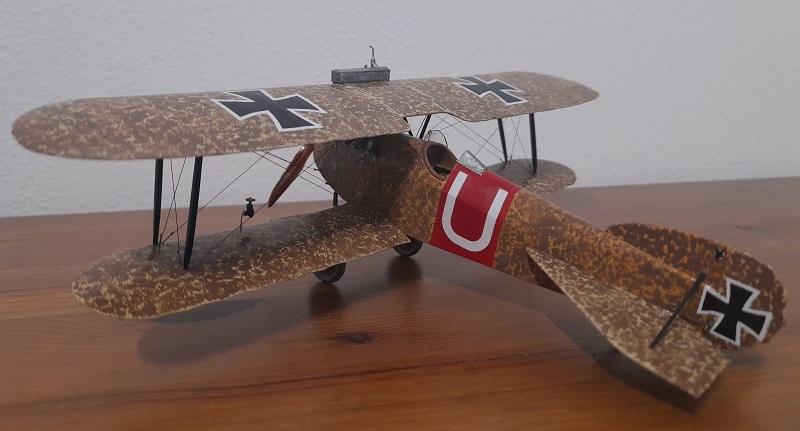
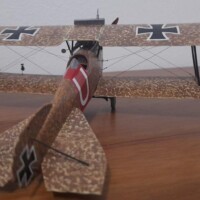
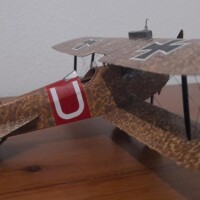
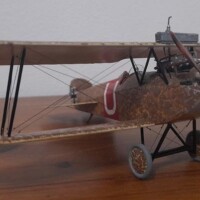
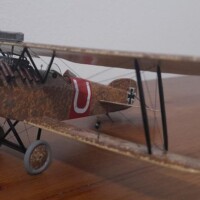
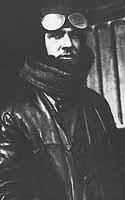
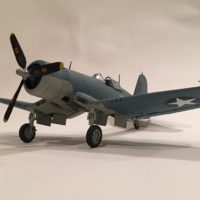

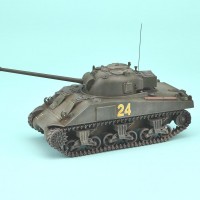
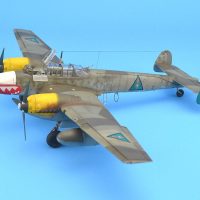
Excellent job and very informative article, Milan!
Thank you Spiros.
Superb build, Milan @milantesar
The applied scheme is really good, nice brushing work done.
Great historical background as well, thanks for sharing.
Thank you John.
Beautiful job on the camouflage, Milan, and many thanks for all the construction tips. Congratulations for completing this superlative model!
Thank you Christopher.
Great history lesson and a beautiful model Milan. I really love all the different German WW1 aircraft, especially the lesser known ones. I really like the camo pattern on this one, definitely something different and refreshing. Love it!
Thank you Clint.
Love the paint finish on this aircraft. @milantesar
Thank you John.
Now that is an interesting scheme! Looks great.
Thank you Greg.
That's an amazing paint job and great build of course Milan (@milantesar) Well done sir
Well done sir 
Thank you Scott.
A great looking Phonix Milan, I like your additional detailing which I left off the one I built. I did replace the plastic gun barrels and rear tailplane struts with steel tube as some of the kit parts disappeared into the modellers blackhole.
1 attached image. Click to enlarge.
A very nicely built model though, Ian. I like it.
Thanks Milan, finished it 5 days ago, have just started Eduard 1/48 Fokker DV11.
So I'm looking forward to the final result.
A very well written and informative post, Milan, and another great model,
Thank you George.
Well done, Milan
Thank you Gary.